Online
Graphite actually hides a "technological mine"? The reserves are no less than one million tons!
2024-07-17
In the past few years, the recycling of waste lithium batteries has attracted widespread attention, and the enthusiasm has not diminished. In particular, the positive electrode contains high-value metal elements such as Li, Co, Ni, and Mn, and the enthusiasm for recycling is comparable to digging for gold in the "urban mine". As for the relatively low-value graphite negative electrode, its recycling technology and value have only gradually been valued and recognized in the past two years. Especially since 2024, graphite negative electrode projects have emerged in an endless stream, and it is believed that its recycling projects will surely become a new gold-digging hot spot.
According to the China Society of Automotive Engineers, my country will have about 1.04 million tons of retired power batteries in 2023, and 3.5 million tons or even more in 2030. The recycling of waste lithium-ion batteries is imminent, and the potential of graphite as a "technical mine" cannot be ignored.
1.Graphite anode recycling has both opportunities and challenges
Generally speaking, lithium-ion batteries contain 12-21% graphite. For example, an electric hybrid vehicle and an all-electric vehicle contain about 10 kilograms and 50 kilograms of graphite, respectively. In addition, the cost of graphite accounts for about 15% of the battery cost. With technological advances, the economic value of recycling and reuse is becoming increasingly considerable. Overall, the graphite negative electrode recycling industry has both opportunities and challenges.
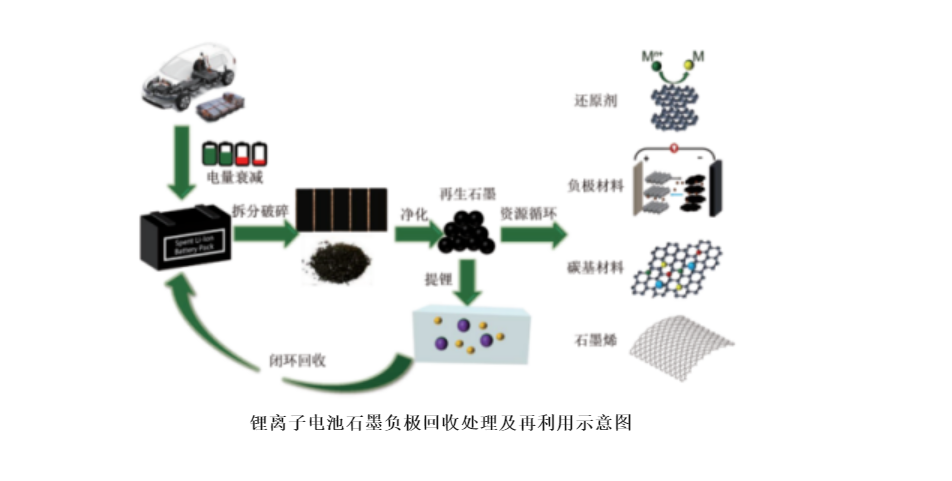
2. Research progress on graphite anode recycling technology
In addition to the pressure of industrial development and the considerable amount of graphite recycled, the feasibility of graphite negative electrode recycling is also a key factor to ensure the recycling value.
Since the reason for battery failure is generally the structural change of the positive electrode material and the continuous growth of the SEI film on the surface of the negative electrode graphite, the structure of the graphite itself is not destroyed. Therefore, to recycle the negative electrode graphite, it is only necessary to remove the internal impurities, and the high-temperature graphitization step can be omitted. Compared with discarding and incinerating graphite, the reuse of waste graphite after impurities removal can not only reduce environmental pollution, but also have good economic benefits.
Although the recycling of graphite negative electrodes has a high feasibility, the technical difficulties of recycling still need to be further optimized and broken through. The problem faced by recycled graphite is how to remove the residual electrolyte, binder, solid electrolyte interface (SEI) and metal impurities such as lithium and copper.
Currently, there are three main methods for recycling waste LIBs: thermal recovery (pyrometallurgy), leaching recovery (hydrometallurgy) and direct recovery (mechanical separation).
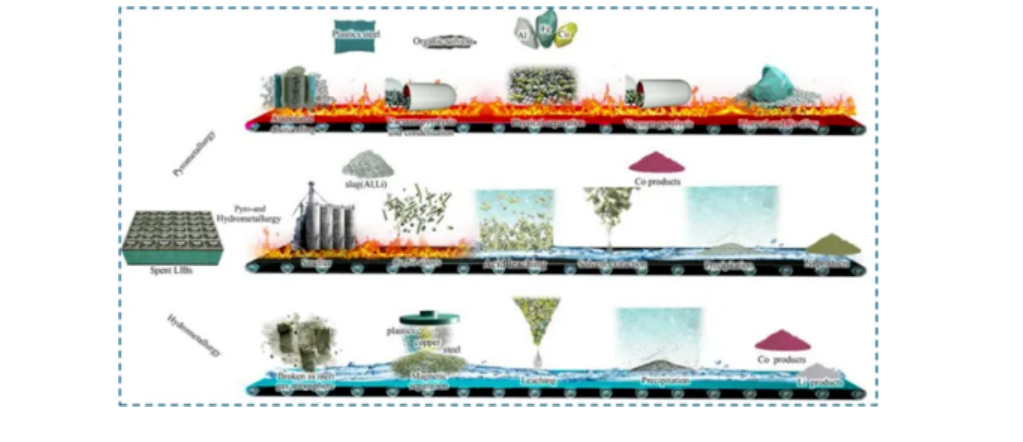
Thermal recovery refers to the heat treatment of graphite in air or inert gas environment at high temperature to remove impurities and improve the performance of graphite. The leaching method is to remove impurities in graphite through acid, alkali and other solutions. The direct recovery method refers to the separation through mechanical crushing, screening and other methods without heating or acid-base treatment. In the laboratory, the operation of mechanical separation is usually to manually break the shell and separate the discharged battery, and then scrape the graphite on the negative electrode plate; in the factory, mechanical separation is generally performed by large-scale crushing equipment to crush the discharged battery, and then separate the positive and negative electrode powders and metal powders through air separation and gravity separation. These three methods have their own advantages and disadvantages. If you want to achieve the goal of recycling graphite, you need to use them as appropriate.
3. Recycled Graphite Applications
In addition to being recycled for lithium-ion battery negative electrodes, waste graphite can also be used to prepare other functional materials, such as graphene and graphene oxide, capacitors, adsorbents, catalysts, etc.
(1) Graphite anode
The important value of recycling and regenerating waste anode materials is as lithium-ion battery-grade materials. There are several advantages to using retired graphite materials as raw materials to prepare battery-grade graphite materials. First, graphite sources are relatively easy to obtain because retired graphite still maintains the stability of particle spherical shape. These advantages can effectively avoid the long-term and energy-intensive graphitization and spheroidization steps in the graphite production process. In addition, in the process of repairing and regenerating failed lithium-ion graphite materials, the steps of graphite particle production and preparation are also followed, including graphitization structure reconstruction and coating strategy.

Rebuilding the graphitized structure of retired graphite requires the use of external field enhancement to rearrange the damaged graphite structure sheets. Traditional methods convert disordered structures into ordered layered structures through external field heating, but this method requires a lot of energy consumption and is demanding on equipment. On the other hand, by utilizing the strong wave absorption characteristics of carbon materials, graphite can be effectively heated through microwave heating to achieve structural repair. At present, flash discharge heating technology, with its low energy consumption and short process, can achieve graphitization repair of damaged graphite structures within seconds, and therefore has attracted widespread attention from scientific researchers.
(2) Graphene and graphene oxide
Based on the characteristics of waste graphite such as enlarged interlayer spacing, weakened van der Waals force, and surface structural defects, it is easier to peel and disperse than ordinary graphite, and is an ideal raw material for preparing graphene-based materials. In addition, the preparation of graphene-based materials from waste negative electrode graphite can effectively reduce costs and increase yields, and has great advantages in promotion and application.
(3) Capacitors
Waste graphite can also be used to prepare supercapacitors, lithium ion or sodium ion capacitors. Studies have shown that capacitors prepared from waste graphite as raw materials have the characteristics of low cost and good performance, providing a way to utilize waste graphite at a high value. However, the mechanism of the influence of waste graphite defects and functional groups on capacitors is still unclear, and there is also a lack of performance comparison with other similar carbon materials for preparing capacitors, which requires further in-depth research.
(4) Adsorbents
The unique properties of waste graphite, such as porous structure and surface functional groups, make it very suitable for preparing adsorbents for adsorbing heavy metals, phosphates, organic pollutants, etc. Zhang et al. used nano-Mg(OH)2 to modify the surface of waste graphite to adsorb excessive phosphorus in water, and the adsorption amount reached 588.4 mg·g−1, becoming one of the materials with the best adsorption effect, and with good stability and good industrial application prospects.
(5) Catalysts
Waste graphite can also be used to prepare catalysts, mainly for the degradation of organic matter, electrochemical redox reactions, etc. Due to the different waste graphite manufacturers and failure mechanisms, the structure and characteristics of waste graphite vary greatly, which in turn affects the performance of the prepared catalyst. Therefore, the relationship between the characteristics of waste graphite and catalyst performance needs to be further studied.
Related Blogs
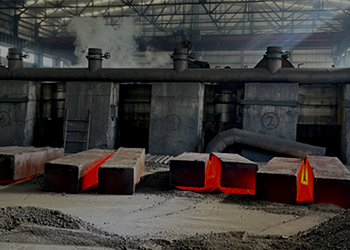
Specialty Graphite Terminal Applications
In recent years, the downstream applications of special graphite are still expanding. As a new material with multiple excellent properties, the special graphite industry market is still not saturated and is facing new opportunities.
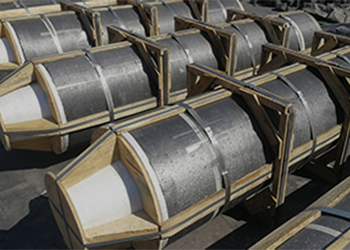
Panorama of the Special Graphite Industry Chain
Special graphite materials refer to graphite with a carbon mass fraction greater than 99%, also known as "three high graphite" (high strength, high density, high purity), which belongs to new carbon materials.
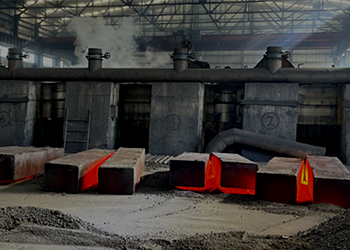
Detailed explanation of raw materials and manufacturing process for graphite electrodes
Graphite electrodes are a kind of high-temperature resistant graphite conductive material produced by a series of processes such as mixing, molding, roasting, impregnation, graphitization, and mechanical processing using petroleum coke and needle coke as aggregates and coal tar as binder.
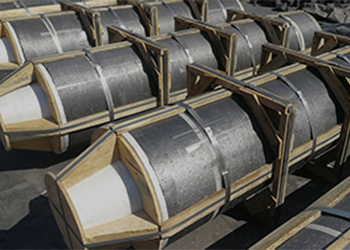
Causes and countermeasures of cracks in carbon products during baking
Since the binder used in most carbon products is coal tar, during the roasting process, the raw product to the roasted product has a process from hardening (raw product strength) to softening and hardening (roasted product strength).

Specialty Graphite Terminal Applications
In recent years, the downstream applications of special graphite are still expanding. As a new material with multiple excellent properties, the special graphite industry market is still not saturated and is facing new opportunities.

Panorama of the Special Graphite Industry Chain
Special graphite materials refer to graphite with a carbon mass fraction greater than 99%, also known as "three high graphite" (high strength, high density, high purity), which belongs to new carbon materials.

Detailed explanation of raw materials and manufacturing process for graphite electrodes
Graphite electrodes are a kind of high-temperature resistant graphite conductive material produced by a series of processes such as mixing, molding, roasting, impregnation, graphitization, and mechanical processing using petroleum coke and needle coke as aggregates and coal tar as binder.

Causes and countermeasures of cracks in carbon products during baking
Since the binder used in most carbon products is coal tar, during the roasting process, the raw product to the roasted product has a process from hardening (raw product strength) to softening and hardening (roasted product strength).
Contact Us



